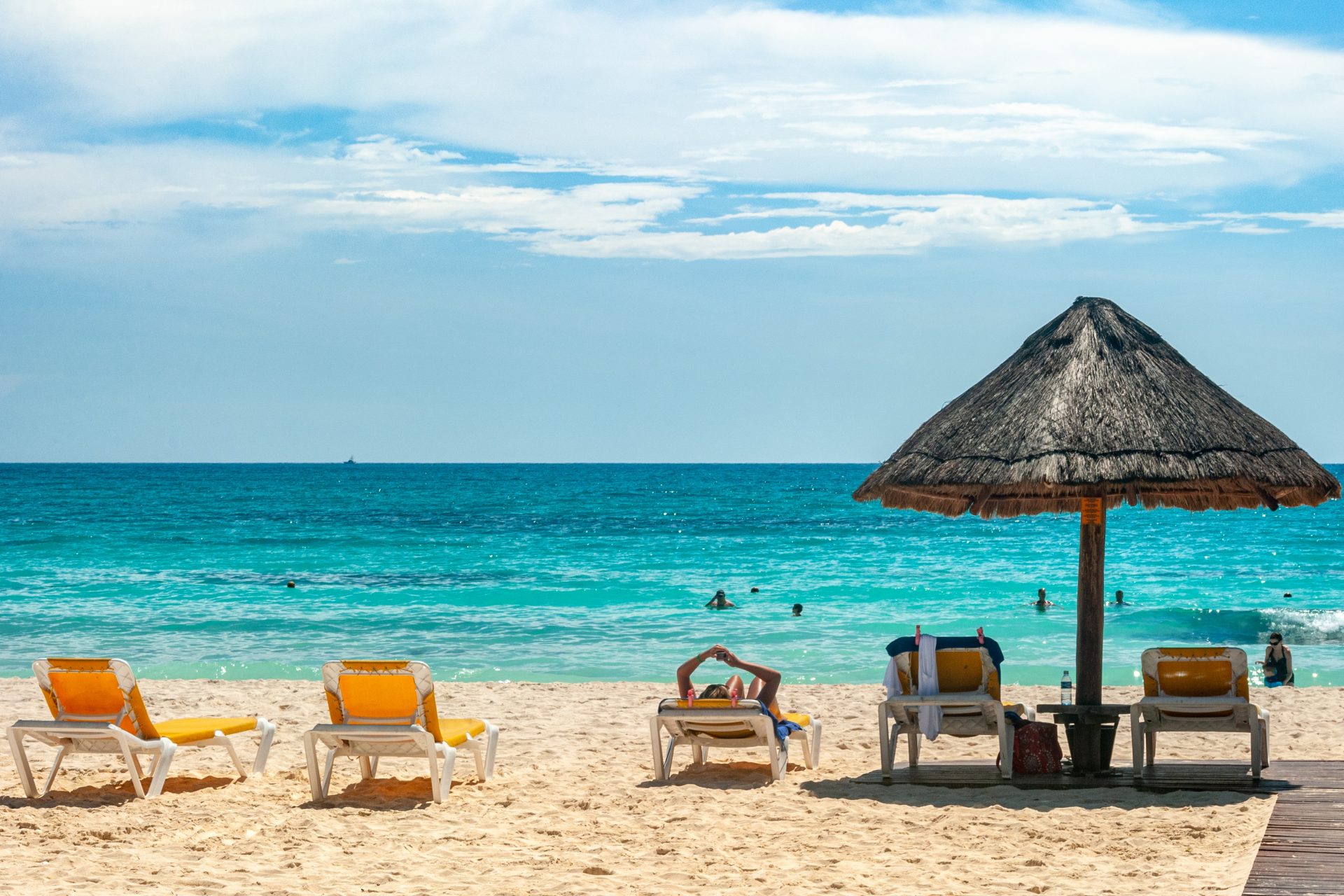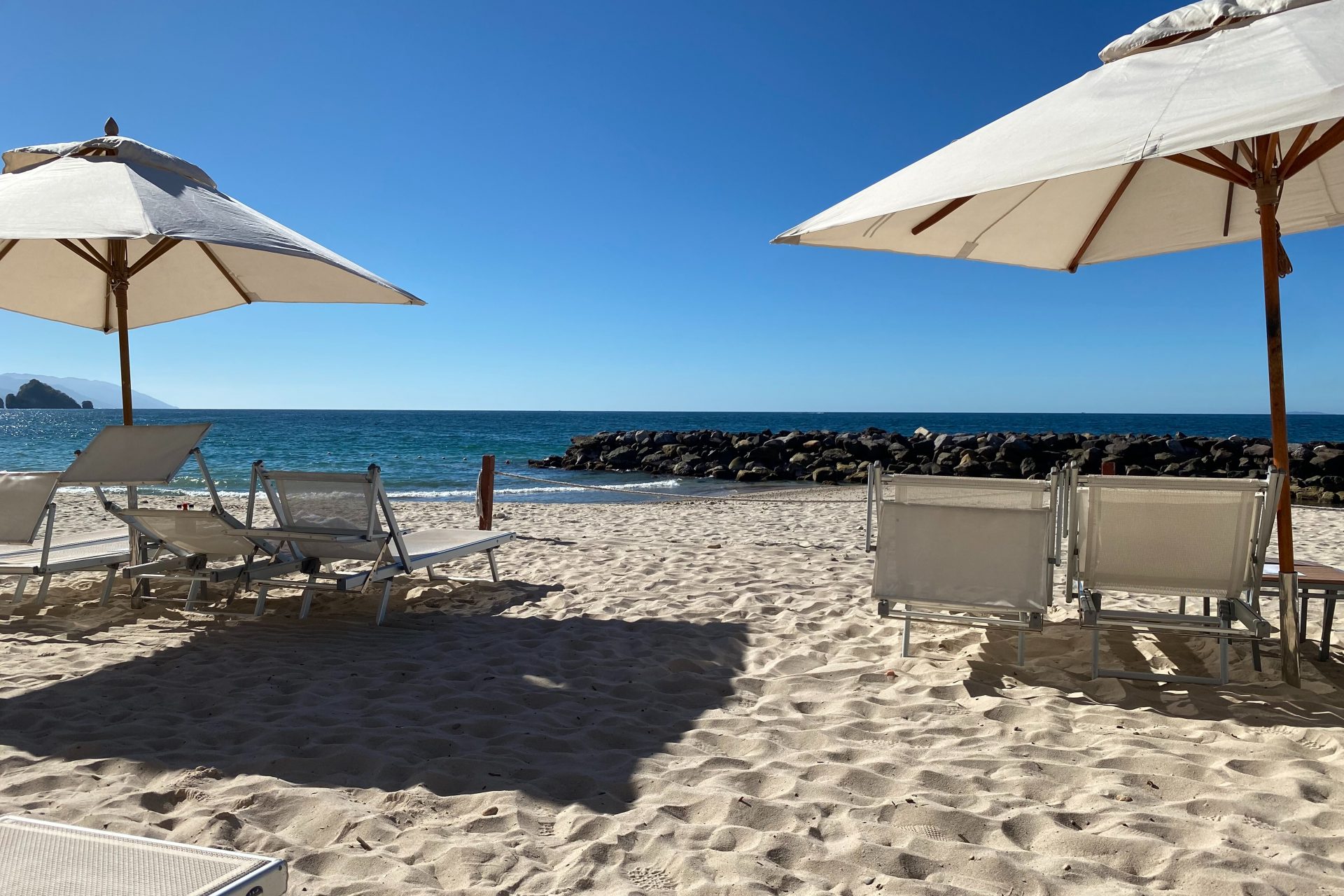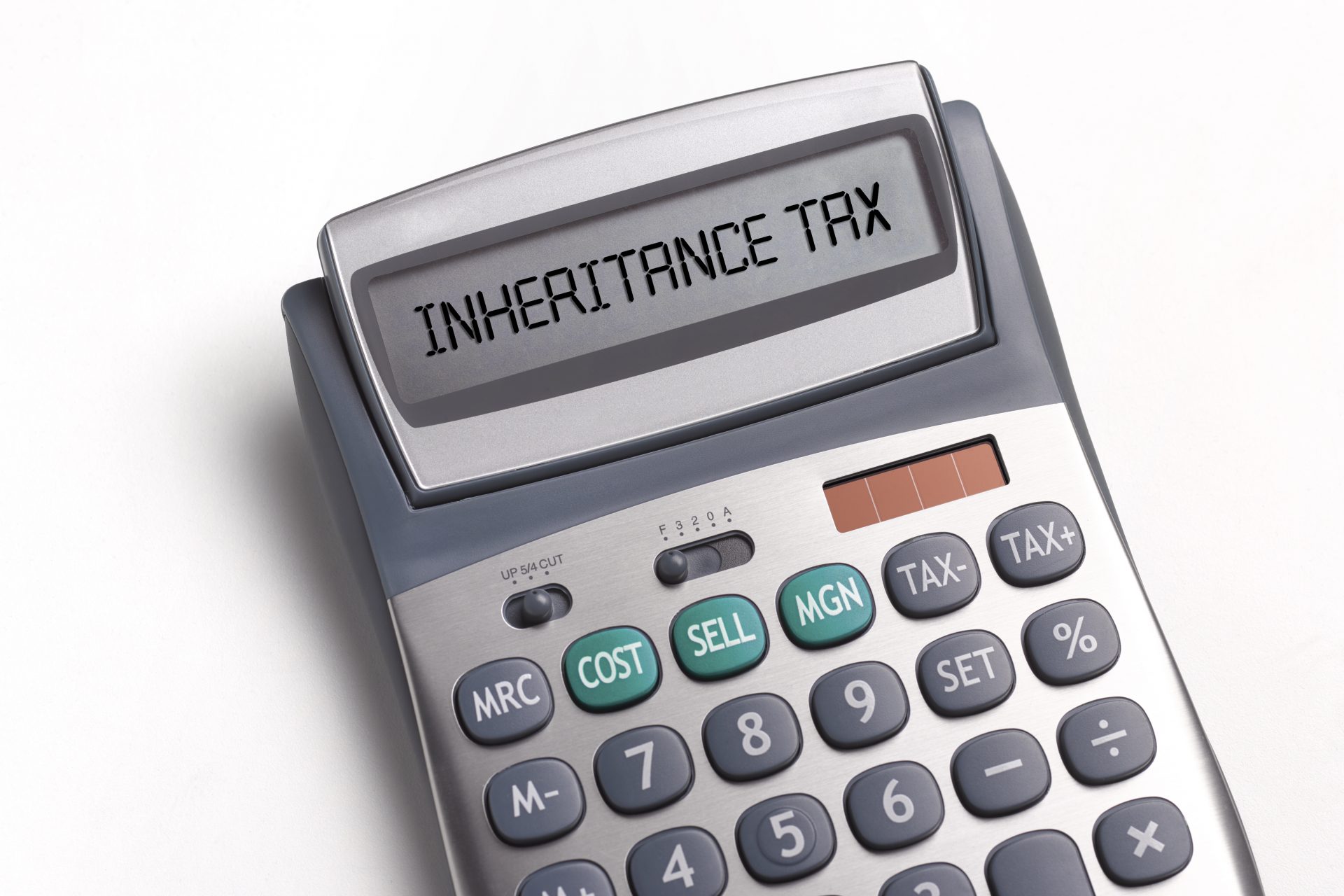What do you do for a living?
This is a very common question, even a conversation starter, with people you haven’t met before in the U.S., Canada, Mexico and many other American countries whose identity is commonly tied to their job.
Your job doesn’t define you
In European countries, by contrast, work is usually seen as a mere vehicle for living the life you want to live. In some, such as France, it is even considered rude to ask someone what they do for a living the first time you meet them.
Photo: Avi Richards/Unsplash
Working to live or living to work?
“Americans live to work; Europeans work to live,” claims a
popular saying. But, is it true? Let’s compare corporate working standards and work-life balance between the two continents.
Paid Time Off (PTO)
While the European Union has a mandated four-week paid vacation period across all EU countries, the US does not require payment for time not worked, according to the Fair Labor Standards Act (FLSA).
Photo: David Vives/Unsplash
US: average of 11 days of PTO annually
Said law results in Americans not getting a lot of PTO. According to the US Bureau of Labor Statistics, the average worker in the US gets 11 days of paid vacations per year.
Canada: two weeks of PTO annually
The situation is not much better in Canada, where people are entitled to two weeks of PTO annually only after they’ve worked for the same employer for a year, according to the government webpage.
Photo: Wes Hicks/Unsplash
Mexico: from 6 days of PTO to 12
Similarly in Mexico, the senate recently approved a bill doubling PTO from 6 days annually to 12 days, after one year of working for the same company, a law that entered into effect only this year.
Photo: Kyle Boe/Unsplash
Not all Latin American countries have little PTO
But, it’s not the same for all Latin American countries. While most are closer to Mexico’s reality, and some have even fewer days of PTO, there’s some that have ‘European Standard’ Paid Time Off.
Photo: Ethan Robertson/Unsplash
Latin American countries with the most PTO
Peru, Brazil, Cuba, Panamá and Nicaragua, all have 30 days of PTO annually, according to Statista. Uruguay has 20, while Chile, Colombia and many others have 15 days of PTO annually.
Photo: Carlos Ruiz Huaman/Unsplash
Paid Parental Leave in Europe
According to EU legislation, each parent is eligible for up to 240 days of paid parental leave (all but 90 days of which may be transferred to the other parent), plus unpaid leave until the child is 18 months old.
Unpaid Parental Leave in the US?
In the US parental leave is limited to 12 work weeks under the Family and Medical Leave Act (FMLA) but whether it is paid or unpaid depends on the employer, according to the US Department of Labor.
Canada is better than the US
Compared to the US, Canada's parental leave policy is more generous, with standard parental leave being limited to 40 weeks while receiving 55% of salary, or extended parental leave (69 weeks with 33% salary), according to Canadian Labor Law.
Mexico: maternity leave only
In Mexico, mothers get 12 work weeks off with their full salary, while fathers get only five working days of paid paternity leave, unless they’re the primary caretaker, according to federal labor law.
Many Latin American countries don’t grant paternity leave
According to Statista a lot of countries in Latin America don’t grant paternity leave by law (only maternity leave). While Colombia, Venezuela and Paraguay have the most days of paid paternity leave (14 days), Argentina and Guatemala have as little as two.
Work breaks
Now let’s talk about breaks. In the United States, federal law does not require lunch or coffee breaks. And while most people do take lunch breaks, regular coffee breaks are hardly institutionalized as they are in many European countries.
Coffee breaks in Europe
In Sweden, for example, they have ‘fika’, traditional coffee breaks, several times a day, weather at work or at home. For the Spanish, taking a coffee at ten or eleven o’clock each morning break is almost a ritual.
It used to be illegal in France to have lunch at your desk
In France, but particularly in Paris, lunch break, or “la pause déjeuner”, has long been sacred and before 2021 it was actually illegal for French workers to eat at their desks, a law that changed because of Covid, according to CNN.
4 out of 5 US workers eat lunch at their desk
In American countries, by contrast, lunch time is usually short and often a desk-dining experience. According to a 2015 study by ManpowerGroup four out of five US workers eat lunch at their desks, sometimes while working.
Canada: 30-minute break for every 5-hour work period
In Canada, employees are granted a break of “at least 30 minutes” during every period of five consecutive work hours, according to the Canadian Labor Code.
Photo: Crew/Unsplash
Latin American countries work the most hours
There is not a lot of data about work breaks for Latin American workers. However, the OECD (Organization for Economic Cooperation and Development) found that Colombia is the country that works the most amount of hours in the world, followed by Mexico, Costa Rica and Chile.
Working overtime
This brings us to the next category of work-life balance comparison: working overtime. Americans often pride themselves for being some of the hardest workers in the world and according to OECD data from 2022 they actually are.
Europe’s largest economies don’t work as much
While the US works 1,811 hours on average a year and Canada 1,686 hours, Europe’s largest economies, France, Germany, and the United Kingdom, work 1,402, 1,356, and 1,367 hours respectively, according to OECD data from 2022.
The right to disconnect
Finally there’s “the right to disconnect”; a form of protecting employees of being contacted by their employers outside of working hours. While many European countries have federal legislation on this subject, most countries in America do not.
Legislation on disconnecting from work
Federal legislation related to the “right to disconnect” is present in France, Italy and Spain. While the US and Canada don’t have federal laws on the “right to disconnect”, some states and provinces do have legislation, such as New York, Ontario and Alberta.
Disconnecting in the work-from-home era
In Latin America a few countries such as Colombia, Brazil and Argentina have laws on the right to disconnect from work. Some have raised the question, however if this is a realistic approach now, when we live in a work-from-home era.
Different definitions of work-life balance
Overall, it’d be fair to say that work-life balance is better in European countries than it is in American ones. However, one should consider that not all workers value the same factors and that cultural background, identity, and personal goals contribute to what people define as work-life balance.







































